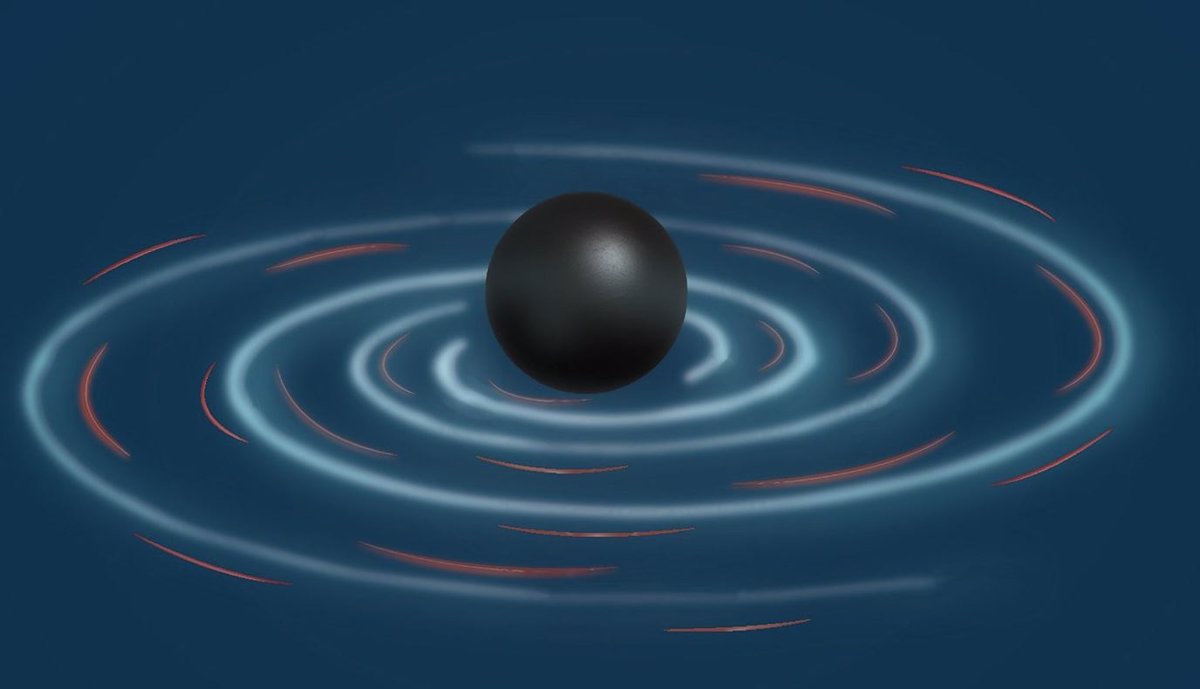Madrid, 26 May. (Europe Press) –
Two new Caltech-led studies, published in Physical Review X and Physical Review Letters, Describe new methods for putting general relativity to more rigorous tests.
By closely observing the structures of black holes and the ripples in spacetime they create, these probes look for signs of small deviations from general relativity. implies the existence of quantum gravity.
Albert Einstein’s general theory of relativity describes how space and time, or spacetime, bends in response to mass. Because this theory is fundamental to the nature of the space around us, physicists say this may not be the end of the story. Instead, they argue that theories of quantum gravity attempt to unify general relativity with quantum physics. They hold secrets about how our universe works at a deeper level.
One place to look for signatures of quantum gravity is in powerful collisions between black holes, where gravity is most intense. Black holes are the densest objects in the universe: their gravity is so strong that they squeeze matter falling into them into spaghetti-shaped noodles. When two black holes collide and merge into a massive body, they shake up the spacetime around them. Sends out gravitational waves in all directions.
The LIGO experiment, run by Caltech and MIT, has been routinely detecting gravitational waves generated by black hole mergers since 2015 (its partner observatories Virgo and Gagra joined the search in 2017 and 2020, respectively). Yet so far, general relativity has passed test after test with no sign of failure.
“When two black holes merge to form a supermassive black hole, the final black hole sounds like a bell,” he explains. It is a statement Yanbei Chen, professor of physics at Caltech and co-author of two studies. “If some theory of quantum gravity is correct, the quality of the timbre, or its timbre, may be different from general relativistic predictions. Our methods are designed to detect differences in the quality of this timbre phase, such as harmonics and subtleties, for example”.
The first paper, led by Caltech graduate student Dongjun Li, reports a unique new equation to describe how black holes might sound within the framework of some theories of quantum gravity. Or what scientists call the extraterrestrial regime of general relativity.
It’s based on a groundbreaking equation developed more than 50 years ago by Saul Dukholsky, a professor of theoretical astrophysics at Caltech. Dyukolsky developed a complex equation To better understand how space-time geometry waves propagate around black holes. Unlike numerical relativity methods, which require supercomputers to simultaneously solve many different equations related to general relativity, Dyukolsky’s equation is much simpler to use and, as Li explains, provides a direct physical view of the problem.
“If you want to solve all of Einstein’s equations for black hole coupling to accurately simulate them, you have to go to supercomputers,” Li says. “Numerical relativistic methods are incredibly important for accurately simulating black hole mergers and providing a critical foundation for interpreting the LIGO data. But it is very difficult for physicists to gain direct insight from numerical results. Dukholsky’s equation gives us an intuitive view of what happens in the call phase.”
Lyall was able to take Dyukolsky’s equation and apply it to black holes in the regime beyond general relativity for the first time. “Our new equation allows us to model and understand the gravitational waves that propagate around exotic black holes better than Einstein predicted,” he says.
The second paper, published in Physical Review Letters led by Caltech graduate student Xicheng Ma, describes a new way to apply Li’s equation to real data obtained by LIGO and its partners. This data analysis approach uses a series of filters to remove the properties of black hole noise predicted by general relativity.
“We can look for features described by Dongjun’s equation in the data collected by LICO, Virgo and Gagra,” says Ma. “Dongjun has found a way to translate a large complex of equations into one equation, and it is very useful.. This equation is more efficient and easier to use than the methods we used previously.”
The two studies complement each other well, Li says. “I was initially concerned that the signatures my equation predicts would be buried under so many overtones and harmonics; fortunately, Chiseng’s filters remove all of these known features, allowing me to focus only on the differences,” he says.

